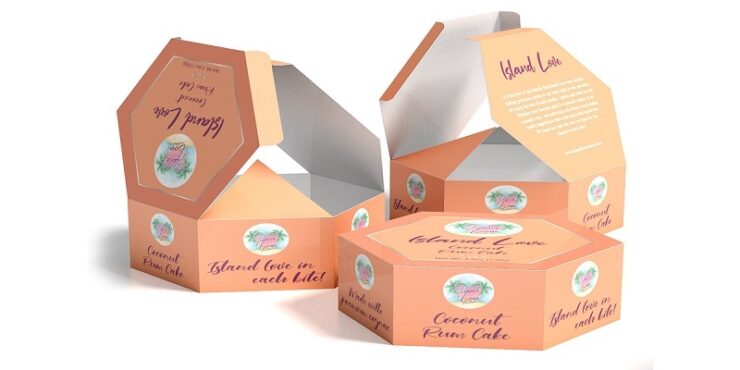Embossing is a kind of art in which a raised pattern is created on a print material such as paper, plastic, metal, and leather.
Embossing involves making a raised impression on the material by running it between two stamps or “dies” engraved with a specific design or pattern. Heat and pressure are applied to the dies to set the raised designs properly on the print material.
This print finishing technique gives your package a distinct appearance and feel.
The process starts with the creation of a metal plate called a die. The die is the vehicle for the artwork that you’d want to raise or “emboss” on the material of your choosing.
The embossing technique provides visual depth and elegant detail that appeals to the human sense of touch. The sense of touch can be highly influential in purchase decisions, according to marketing research. It gives the customer a strong attachment and connects with them on a deeper level.
What Types of Packaging Can be Embossed?
While embossing is popularly used for marketing products such as business cards, it is also an excellent choice for packaging. Embossing is also an affordable approach to give your product a more high-end and premium look.
Here are a few examples of types of packaging that can be embossed:
- Labels: The most basic and cost-effective of all options, primary packaging can be made more unforgettable with the simple addition of sculpted details to make custom labels more decorative. Old artwork can be repurposed by selecting art elements where depth, texture, and tactile beauty should be applied for maximum impact.
- Boxes: Most paper materials may be embossed, lending a lovely touch to a wide range of foods, including caviar and macaroni-and-cheese. An embossed design makes a package appear premium and luxurious.
- Plastic containers and Jars: You can certainly imprint a pattern or logo on thick plastic; however, it requires a unique approach. For a more budget-friendly alternative, use custom embossed clear labels for a more seamless look on solid containers.
- Bottles: A bottle with a beautiful, embossed label adds refinement and luxury to everything from wine, hot sauce, and craft soda. The embossing possibilities available for packaging are virtually limitless.
Here are some ideas and examples of embossed design artwork placement:
- Text: Foil stamping with embossing creates sparkly writing on the packaging that can provide a sophisticated touch to a wide range of packaging designs. Foil-pressed script or overall embossing can improve the look of chocolate packages or wine labels. If the writing is legible enough, you might be able to execute a blind emboss with no ink or foil.
- Main branding elements/Logo: Logos can be embossed in a range of styles depending on their placement. They may look great embossed in foil or as a translucent emboss. Combining raised artwork with any existing, regular branding materials can also be an effective approach to generate more interest in a shorter period of time.
- Seals/Certification: Have you received a seal of approval or some other kind of certification? Letting your customers know can help boost their faith in your product. You can call attention to the seal by having it embossed on your packaging.
You can also get more information from an expert by arranging an online meeting and pay the expert charges through the best payment gateway.
The Embossing Process
Called by some as “tooling” a design or creating a “cameo”, embossing is a stamping process that involves pressing a design into a chosen print material under some heat and pressure.
Dies are pushed against the material to be embossed on one side, with an opposite counter die on the other. The counter die is used to make an imprint of the master die on a solid surface, such as epoxy. These dies are referred to as male and female (positive/outward and negative/inward).
The presses may come in various designs, such as rollers, stamps, and clamshells. The resulting imprint is typically shallower than they look, yet embossings are excellent at creating the illusion of more depth. The material’s thickness also determines the actual depth of the pattern. Certainly, the thicker or heavier the material, the better imprint and contrast you get with embossing.
The metals used as a die master include brass, copper, and magnesium. There are many effects you can achieve with the embossing technique. These include textured, registered, sculptured, blind emboss (embossing without printed ink), and many more.
Embossing For Your Product Packaging and Personal Print Collaterals
When it comes to embossing, you have various alternatives to choose from to make your printed pieces even grander. Colored tinsel foils and multi-level dies are both add-ons to embossing that can provide unique textures and depth.
The material and specifications used during the embossing process are crucial. For example, using coated paper may cause the embossing to be less noticeable, or even result in cracking when the material is sent through the press. The final look will depend on the material you use. Always talk to your custom embossed label print provider to make sure you are getting the exact results you are after.




























